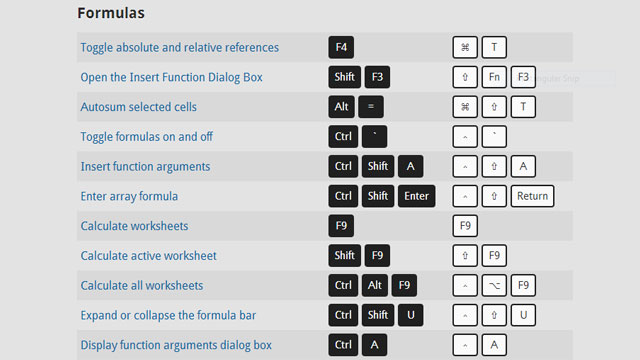Microsoft Command Mac
The quickest way to find the MAC address is through the command prompt. Open the command prompt. Search 'Command Prompt' in the taskbar, or if you have an older version of Windows, you can.
Keyboard shortcuts are combinations of key presses that let you carry out a task without navigating through the menus. PCs have two kinds of keyboard shortcuts. For some, you hold down the Ctrl key and a letter key; for others, you press the Alt key and type one letter from each menu item name — often, but not always, the first letter. Mac keyboard shortcuts are like the first type, but you use the Command key instead of the Ctrl key.
Following are examples of Mac keyboard shortcuts:
In Windows you can launch the command line by typing “cmd” into the search box on the taskbar and hitting Enter, but for some of these commands you need administrator privileges. To get those, launch Task Manager (Ctrl+Shift+Esc), then choose File and Run new task. Open source command line interface for Visual Studio Team Services from Windows, Linux, and Mac. Manage pull requests, builds, work items, and more directly from a command prompt or from scripts. See the docs for more information. For manual download and install steps check out these links – Windows, Linux, Mac. Jan 31, 2018 Once finished you will have a new digital layout of the Windows PC keyboard keys when used on the Mac: WINDOWS key becomes the ALT / OPTION key on Mac OS; ALT key becomes the COMMAND key on Mac OS. NOTE: Some PC keyboards also have the “CNTRL” and “ALT” keys switched too, compared to a standard Mac key layout. If applicable, go ahead and switch those with the same Modifier Key trick outlined above.
| Keyboard Shortcut |
|---|
| Action | |
| Command+C | Copy |
| Command+X | Cut |
| Command+V | Paste |
| Command+A | Select All |
| Command+F | Find |
| Command+G | Find Again |
| Command+S | Save |
| Command+Z | Undo |
Replacing the Ctrl key press with the Command key also applies to most Ctrl key shortcuts in programs, such as Microsoft Office.
The letters in keyboard shortcut combinations are always shown capitalized on-screen, but the Mac recognizes the lowercase versions as well. Thus, you can type either Command+Q or Command+q to quit (exit) the program.
Although the Mac OS X menu layout appears to be intuitive and easy to follow, Apple does get a little carried away with shortcuts. There are dozens of them, so don’t try to remember them all. OS X displays the available shortcut for each menu item right in the drop-down menu itself. Some combinations use different and even multiple control keys. Apple uses other symbols in addition to the Command symbol and Apple symbol to indicate these keys:
Option: This key often modifies a shortcut or menu item by telling it to do more. So, for example, Command+W closes the front window. Option+Command+W closes all windows for the front application. Microsoft remote desktop services for mac buttons free. Shortcuts can be complex. The shortcut in TextEdit for Edit→Paste and Match Style is Option+Shift+Command+V.
Control: This key’s symbol looks like a hat. The key is pressed in combination with a mouse click to mean right-click.
Shift: Either the right or left Shift key may be used, but caps lock has no effect on shortcuts that include a Shift key.
Escape: This key’s symbol looks a lot like the power button icon, but it’s different. The line is at an angle and has a little arrow pointing out. Escape is a shortcut for Cancel in dialog boxes.
Many other Mac keyboard shortcuts exist. Open the Apple menu and choose System Preferences→Keyboard & Mouse and then choose Keyboard Shortcuts to see a list. The Keyboard & Mouse pane has many other options for customizing your input experience.

Microsoft Mac Downloads
If you have difficulty holding down combinations of keys, you can activate the sticky keys feature in the System Preferences→Universal Access pane.